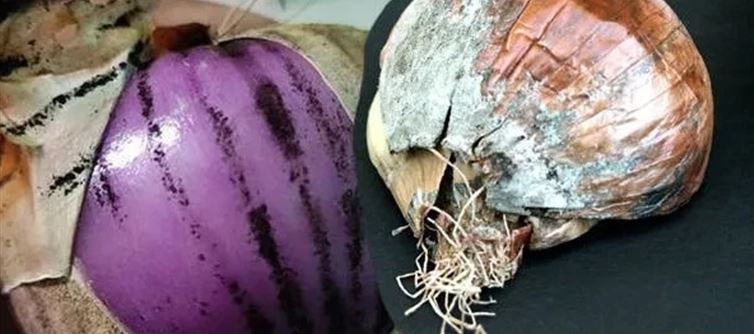
Though Aspergillus niger is not considered as acutely dangerous as some other molds, it can still pose health risks, particularly for individuals with weakened immune systems, asthma, or mold allergies. Ingesting onions heavily contaminated with this mold can lead to symptoms such as nausea, vomiting, headaches, stomach pain, or even mild fungal infections. In rare cases, allergic reactions could be triggered. Moreover, under certain conditions, some molds are known to produce mycotoxins—harmful byproducts that can remain even after cooking. This makes it crucial to inspect onions thoroughly before use.
To reduce risk, it's recommended that any onion showing visible black mold be peeled carefully and washed thoroughly under running water. If the mold is limited to the outer layers and comes off completely, the onion is generally safe to consume. However, if the mold penetrates deep into the onion or leaves persistent spots, the safest course of action is to discard it entirely. Paying attention to storage conditions, such as keeping onions in a cool, dry, and well-ventilated space, can also help prevent mold formation in the first place, ensuring safer and healthier kitchen practices.




 click and follow Indiaherald WhatsApp channel
click and follow Indiaherald WhatsApp channel